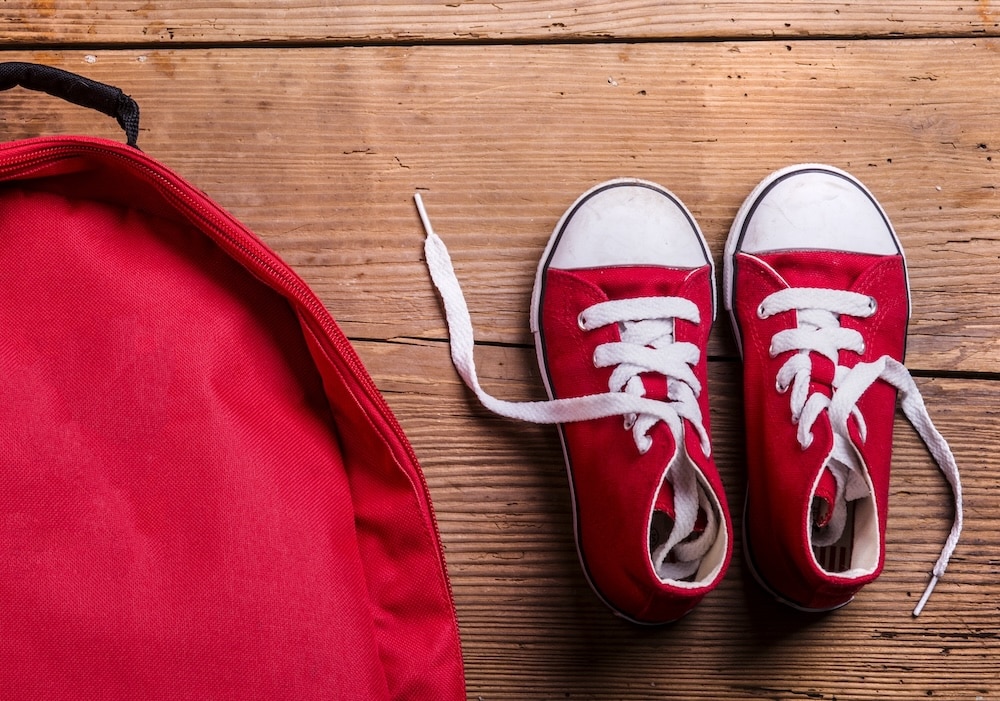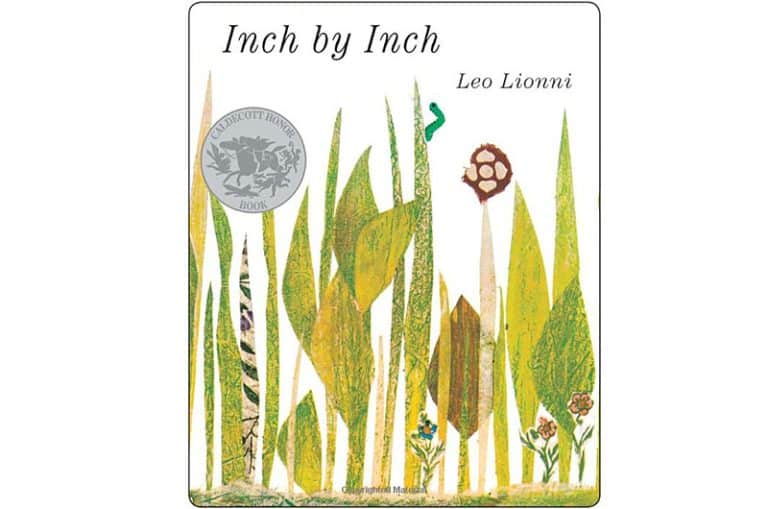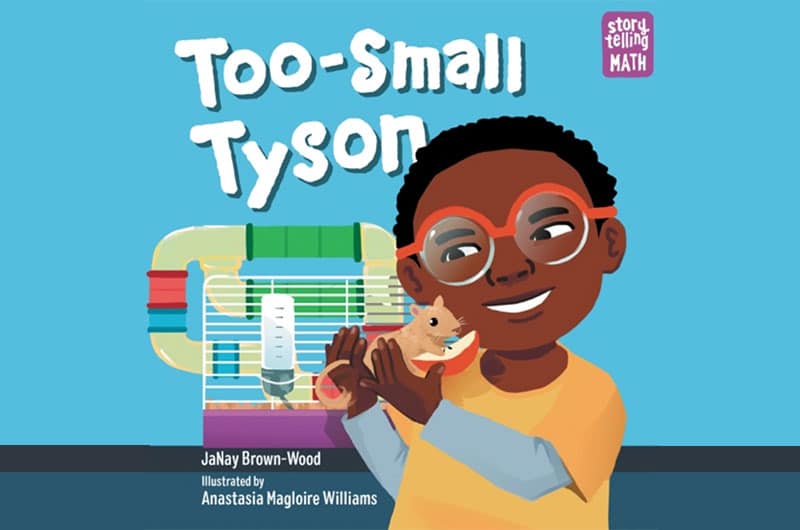TAKE-HOME STRATEGY
Supporting Measurement at Home

What It's About
Measuring means using numbers to compare things like size, weight, or time. Anytime children are comparing things, such as looking at what is longer, shorter, wider, etc., they are building their Measurement skills.
You can support your child’s Measurement skills by using measurement words during interactions and providing opportunities to compare and measure objects.
Here are some ways you can support Measurement skills at home. Keep in mind that you can change these activities to work for you and your child, based on their current abilities, interests, and what you have available at home. Make sure to use safe materials and watch your child closely during these activities.
Take a look, and try out your favorites!
Cook Together
Measure with Objects
Build it Bigger
Measurement Tour
Comparing Items
Measurement Hunt
Quick Cues for Supporting Measurement
Some things you might do or say to help strengthen your child’s Measurement skills
Use Math Talk
Use measurement and comparison words such as longer, wider, equal, heavier, etc.
This can sound like:
“Your nap lasted a long time today. You slept for a longer time than yesterday!”
“Your tower is taller than mine!”
“The sticks are the same length! They are equal.”
Ask Them to Compare It
Help your child to compare objects’ lengths, heights, or weights.
This can sound like:
“Which block do you think is shorter?”
“Do you think this bag or that one will be heavier?”
“Which noodle on your plate is longer? How can you figure out which one is the longest?”
Ask Them to Measure It
Encourage your child to count or use tools for measuring.
This can sound like:
“The recipe says we need to fill the measuring cup once. Can you hold it?”
“Let’s see how wide it is. How many steps does it take to get across the room?”
“Can you use this ruler to see how many inches long the leaf is? It’s a big one!”
Our Book Recommendations for Supporting Measurement
Engaging stories that support children’s Measurement skills

Inch by Inch
Written and illustrated by Leo Lionni, this book follows an inch worm who measures birds all the way from their tails to their beaks.
Have fun with it:
Encourage your child to measure objects around your house with nonstandard tools of measurement, like parts of their body or everyday objects. For example, use blocks to measure the side of a table or a child’s foot along a rug to see how many of their feet make up the length of the rug.

Too-Small Tyson
Written by JaNay Brown-Wood and illustrated by Anastasia Magloire Williams, this story follows Tyson, the youngest and smallest of his brothers, as he uses measurement and creativity to solve a big problem.
Have fun with it:
Get some stacking or crafting materials that can be made into different sizes for your child to explore and manipulate. Use measurement words to help them understand how the sizes are related.
More Strategies
We’re creating a library of resources like these so families can quickly and easily promote children’s development at home. Be sure to see all the strategies we have available!

